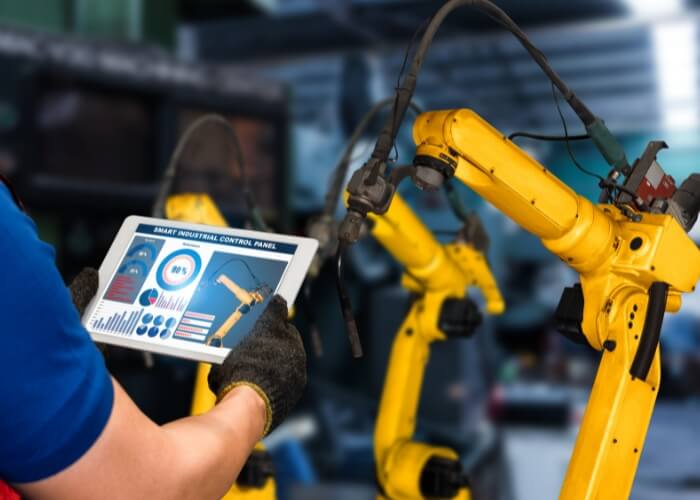Upcoming trends in network infrastructure and advancements in technology should be the main focus
Introduction: The New Digital Landscape
Network connectivity has become the backbone of our digital world, empowering industries, reshaping businesses, and enhancing daily life. As emerging technologies like 5G, AI, and IoT converge, the next wave of connectivity promises to be more pervasive, resilient, and impactful than ever before. So, what changes can we expect in the years ahead?
Ubiquitous 5G and the Road to 6G: Building the High-Speed Future
5G is transforming data transfer with high speeds, low latency, and greater reliability, setting the stage for innovations in various sectors. But with 6G on the horizon, the future promises even more speed and a tighter integration with AI-driven applications. 6G could enable ultra-high-definition virtual experiences, sensor-driven smart environments, and new possibilities in remote healthcare and telemedicine.
Smarter Cities: How IoT Will Shape Urban Life
In the smart cities of the future, networked sensors, cameras, and devices will work in harmony to create urban environments that respond intelligently to human needs. Traffic flow, energy usage, waste management, and security will all be optimized through IoT-enabled networks, leading to more sustainable and livable cities.
Enhanced Healthcare Connectivity: Bringing Care Closer
The future of network connectivity in healthcare will make remote patient monitoring, telemedicine, and real-time data analysis more accessible. 5G and IoT-powered devices will enable healthcare providers to gather patient data continuously, enabling faster responses and more personalized treatments. In hospitals, this connectivity will streamline operations and improve patient outcomes.
Industrial Connectivity: The New Age of Smart Factories
Industrial environments are being reshaped by connected machines and sensors that allow for real-time monitoring, automation, and predictive maintenance. With advanced networks, manufacturers can reduce downtime, increase efficiency, and ensure safety standards. This connectivity also allows for remote management of operations, making it easier to adapt to global demands.
Education Without Borders: Virtual Classrooms and Enhanced Learning

As educational institutions adopt digital and remote learning tools, the next generation of network connectivity will be vital. Faster networks and low latency will make interactive virtual classrooms, global collaboration, and immersive learning environments a reality. Students worldwide can connect to educators and resources regardless of location, allowing for equal educational opportunities.
Entertainment and Social Connectivity: Bridging Virtual and Physical Worlds
Entertainment and social experiences are evolving beyond physical constraints. With the rise of augmented reality (AR), virtual reality (VR), and even holographic technology, network connectivity will enhance how we experience media, games, and social interactions. 5G and upcoming technologies will allow us to engage in high-definition streaming, multi-user VR spaces, and immersive gaming, all from the comfort of home.
Global Connectivity Through Satellites: Internet for All
Satellite internet is rapidly evolving, with companies launching low Earth orbit satellites to provide reliable internet access even in remote areas. This can close the digital divide and unlock opportunities for business, education, and healthcare worldwide. Companies like Starlink and OneWeb are making strides in providing high-speed internet in underserved areas, which could reshape the global economy and reduce inequality.




